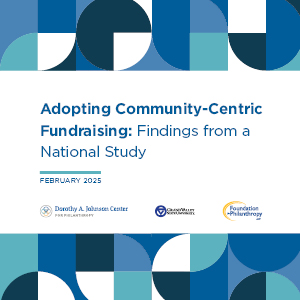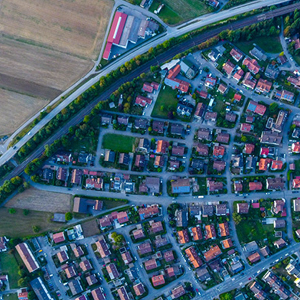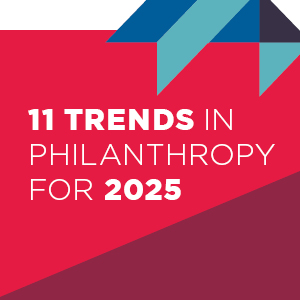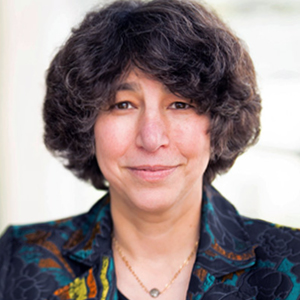Philanthropy and Government Play Increasingly Overlapping Roles in the Public Sphere
This piece from 11 Trends in Philanthropy for 2021 raises questions about what roles each sector should play in addressing longstanding challenges.


















This piece from 11 Trends in Philanthropy for 2021 raises questions about what roles each sector should play in addressing longstanding challenges.
Increased wealth inequality, the astronomical growth of data, and a renewed attention to the realities of racial inequities are just some of the forces driving significant change within philanthropy’s ecosystem.
Philanthropy’s next generation is reconfiguring the donor landscape, upending norms in nonprofit organizational practice, and blurring sector boundaries.
Many funders are attempting to “decolonize” their wealth and hand over more control to those receiving that wealth. But as movements and funding streams formalize, organizations may experience pressure to tone down or redirect their aims.
Our communities are facing a crisis of trust, one both deeply rooted in our national history and increasingly disruptive in our daily lives. Research suggests the nonprofit sector is well positioned to help rebuild the public’s trust in each other, and reinforce the public’s trust in philanthropy.
Mandy Sharp Eizinger explores how trauma-informed grantmaking has helped set in motion cross-sector collaborations and community-centered investments in resilience-building.
Philanthropy is globalizing — a dynamic process in which actors exchange ideas and practices and engage in shared learning to find forms of giving that are authentic for different cultural contexts.
Jeff Williams describes how individual organizations balance privacy and transparency, address equity of access, and act upon data to create and share actionable knowledge will be key for philanthropy going forward.
Forces including the global concentration of wealth and the marginalization of BIPOC communities are driving crucial conversations about the haves and have-nots.
Donors and institutions are wrestling with the roots of our collective inheritance: much of philanthropy’s corpus has its history in exploitative acts. Here, we explore some steps funders can take — and are already taking — to rebalance the scales.